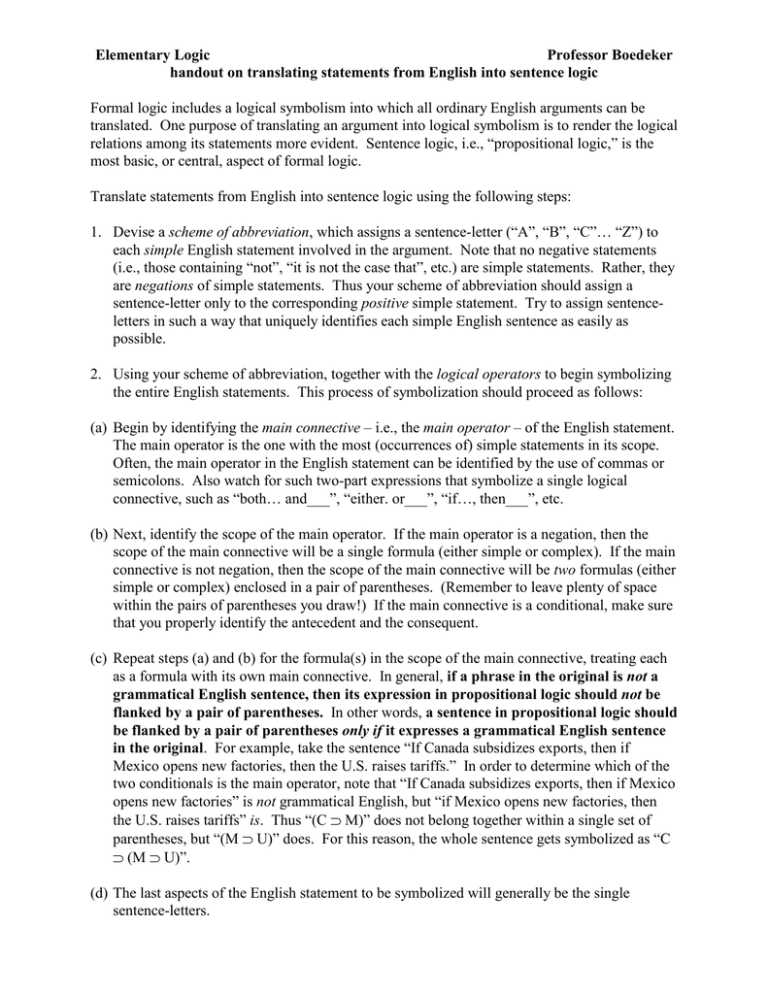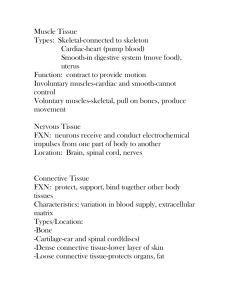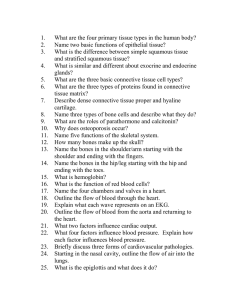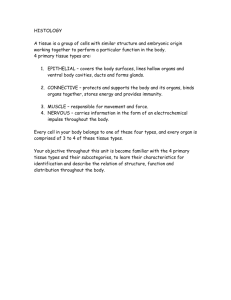Elementary Logic Professor Boedeker
advertisement

Elementary Logic Professor Boedeker handout on translating statements from English into sentence logic Formal logic includes a logical symbolism into which all ordinary English arguments can be translated. One purpose of translating an argument into logical symbolism is to render the logical relations among its statements more evident. Sentence logic, i.e., “propositional logic,” is the most basic, or central, aspect of formal logic. Translate statements from English into sentence logic using the following steps: 1. Devise a scheme of abbreviation, which assigns a sentence-letter (“A”, “B”, “C”… “Z”) to each simple English statement involved in the argument. Note that no negative statements (i.e., those containing “not”, “it is not the case that”, etc.) are simple statements. Rather, they are negations of simple statements. Thus your scheme of abbreviation should assign a sentence-letter only to the corresponding positive simple statement. Try to assign sentenceletters in such a way that uniquely identifies each simple English sentence as easily as possible. 2. Using your scheme of abbreviation, together with the logical operators to begin symbolizing the entire English statements. This process of symbolization should proceed as follows: (a) Begin by identifying the main connective – i.e., the main operator – of the English statement. The main operator is the one with the most (occurrences of) simple statements in its scope. Often, the main operator in the English statement can be identified by the use of commas or semicolons. Also watch for such two-part expressions that symbolize a single logical connective, such as “both… and___”, “either. or___”, “if…, then___”, etc. (b) Next, identify the scope of the main operator. If the main operator is a negation, then the scope of the main connective will be a single formula (either simple or complex). If the main connective is not negation, then the scope of the main connective will be two formulas (either simple or complex) enclosed in a pair of parentheses. (Remember to leave plenty of space within the pairs of parentheses you draw!) If the main connective is a conditional, make sure that you properly identify the antecedent and the consequent. (c) Repeat steps (a) and (b) for the formula(s) in the scope of the main connective, treating each as a formula with its own main connective. In general, if a phrase in the original is not a grammatical English sentence, then its expression in propositional logic should not be flanked by a pair of parentheses. In other words, a sentence in propositional logic should be flanked by a pair of parentheses only if it expresses a grammatical English sentence in the original. For example, take the sentence “If Canada subsidizes exports, then if Mexico opens new factories, then the U.S. raises tariffs.” In order to determine which of the two conditionals is the main operator, note that “If Canada subsidizes exports, then if Mexico opens new factories” is not grammatical English, but “if Mexico opens new factories, then the U.S. raises tariffs” is. Thus “(C M)” does not belong together within a single set of parentheses, but “(M U)” does. For this reason, the whole sentence gets symbolized as “C (M U)”. (d) The last aspects of the English statement to be symbolized will generally be the single sentence-letters.





